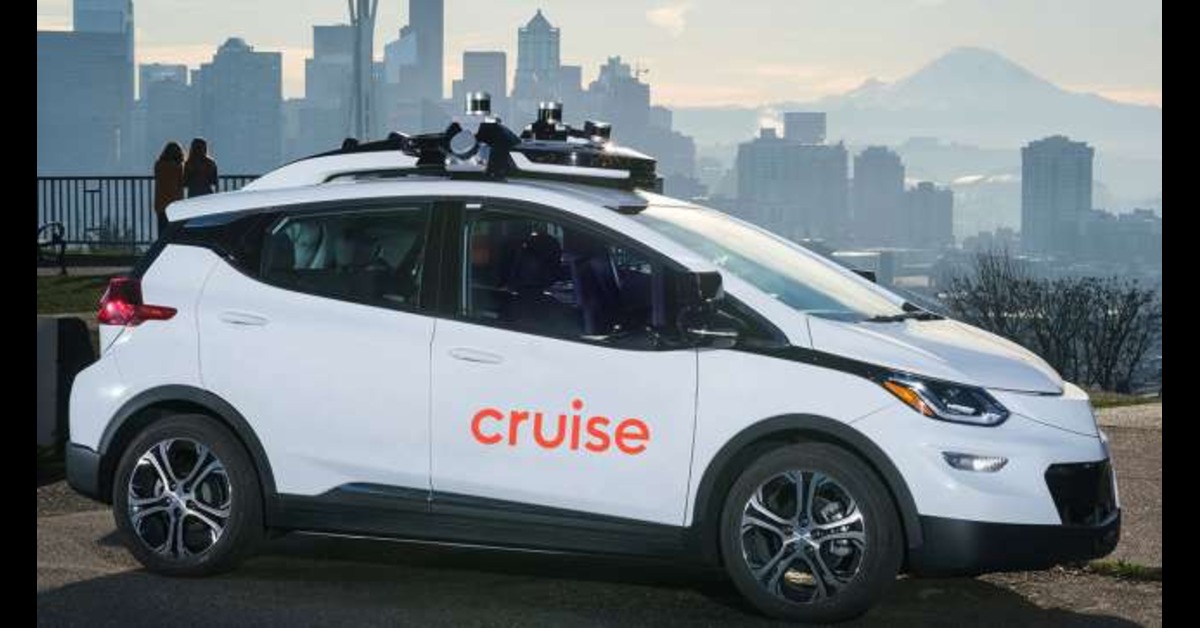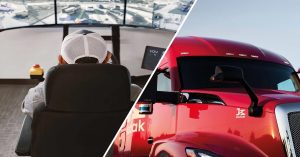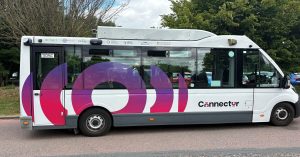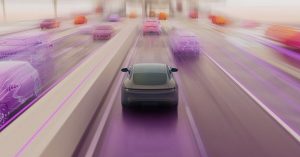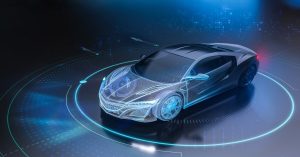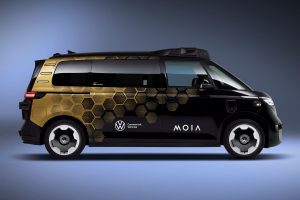In a strategic move towards re-establishing trust and refining their autonomous driving technology, Cruise, a pioneering autonomous vehicle (AV) developer backed by General Motors, has announced the resumption of vehicle deployment on public roads in Phoenix. This significant development comes after a temporary suspension of operations mandated by California regulators in response to safety concerns.
However, the resumption does not entail the immediate engagement of Cruise’s autonomous driving systems or the provision of ride-hailing services. Instead, the focus lies on meticulously collecting data vital for enhancing the accuracy of navigation maps. These maps encompass crucial details such as speed limits, precise locations of traffic signs, signals, lane markings, and specialized road features like right-turn-only lanes. By manually driving through diverse urban environments, Cruise aims to capture nuanced data essential for refining their autonomous driving algorithms.
“We plan to conduct this manual and supervised driving in multiple cities – starting with Phoenix – to expose our AVs to a diverse set of driving environments and conditions as we prepare for future driverless service,” Cruise stated in their blog post.
The decision to resume operations follows a comprehensive period of introspection and recalibration within the company. Following a regrettable incident in San Francisco where a pedestrian was injured by one of Cruise’s self-driving vehicles, the company took decisive action to address underlying issues. This included an overhaul of leadership and workforce restructuring, with nine top executives being dismissed and a significant reduction in workforce.
Despite the setbacks, General Motors CEO Mary Barra affirmed the robustness of Cruise’s technology during the company’s recent earnings call. Acknowledging the safety concerns and financial losses incurred in 2023, Barra reiterated GM’s commitment to Cruise’s long-term success while also announcing a more measured investment approach moving forward.
The resumption of testing activities in Phoenix signifies Cruise’s unwavering dedication to safety and continuous improvement. Prior to this announcement, Cruise had been diligently conducting extensive testing in simulated environments and closed courses, aimed at validating and enhancing the performance of its autonomous driving software stack. These rigorous tests serve as a crucial step towards restarting commercial ride-hailing operations in the near future.
The incident in San Francisco prompted Cruise to prioritize safety and reliability above all else. By implementing stringent safety protocols, refining their technology, and fostering a culture of accountability, Cruise aims to regain public trust and confidence in autonomous driving technology. The company’s commitment to transparency and proactive measures underscores its determination to lead the way in shaping the future of mobility.
As Cruise navigates through this pivotal phase of introspection and refinement, the automotive industry eagerly anticipates the resurgence of their innovative autonomous solutions. With Phoenix serving as the testing ground for their revitalized approach, Cruise is poised to emerge stronger and more resilient, laying the foundation for a safer and more sustainable future of transportation.
In conclusion, Cruise’s decision to resume testing in Phoenix marks a significant milestone in their journey towards redefining the future of mobility. Through steadfast commitment to safety, technological advancement, and organizational transformation, Cruise is poised to usher in a new era of autonomous transportation, revolutionizing the way we move and interact with our urban environment.

